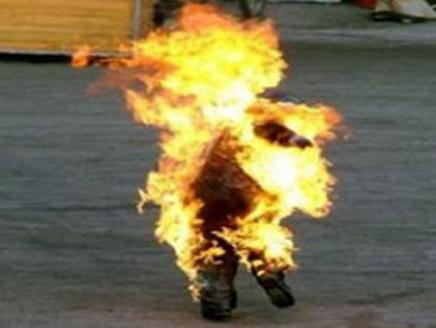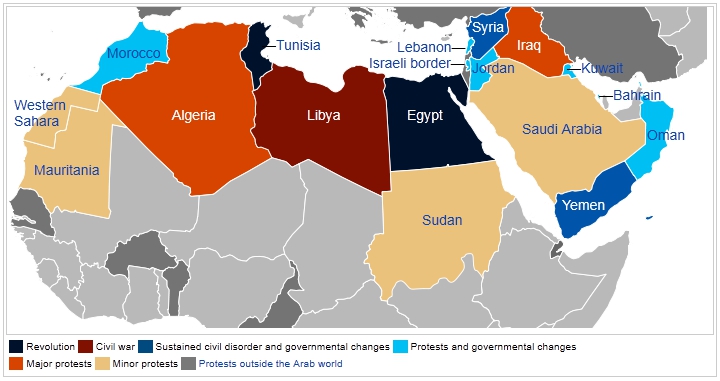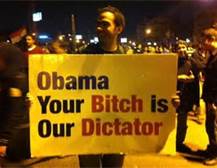The basic details are not difficult:
A man saw someone he considered suspicious, called police and followed him. Eventually, he came into contact with the subject. Words were exchanged, an altercation ensued, during which the man sustained injuries. He drew a weapon and fired once. Police arrived to find the man, George Zimmerman, aged 28, bloodied and shaken, and the shooting victim, Trayvon Martin, aged 17, dead.
Police questioned Zimmerman that night, gave him a lie detector test the next day (he passed), and determined there was not probable cause for an arrest.
In the 16 months that followed: the FBI concluded race played no role in the shooting; and Florida’s governor appointed a special prosecutor who bypassed a grand jury to charge Zimmerman with 2nd-degree murder. That decision was criticized by a legal expert as potentially criminal, and special prosecutor Angela Corey was indeed later criminally indicted for falsifying the arrest warrant and complaint against Zimmerman.
At trial, prosecution witnesses supported Zimmerman’s self-defense assertions, including a black legal professor, who explained, under cross-examination, that injuries are not required before a person might legally act in self-defense.
Despite all this, people were shocked, SHOCKED, at George Zimmerman’s acquittal on July 13th.
So, those who insisted Zimmerman be tried in a court of law, despite a weak case, changed venues: the court of public opinion, bound neither by the rules of evidence, nor any need to speak truthfully. So, how is that coming along?
The day after the verdict, there were demonstrations from New York City to Los Angeles, Chicago to Oakland, Milwaukee to Miami, and elsewhere protesting Zimmerman’s acquittal.
Also on the day after the verdict, the NAACP and Al Sharpton’s National Action Network (NAN) called for the Department of Justice to file federal civil rights charges against Zimmerman. Attorney General Holder told NAN, “If we find evidence of a potential federal criminal civil rights crime, we will take appropriate action, and at every step, the facts and law will guide us forward.” One can only wonder if those facts will include the 2012 FBI report which found no evidence of racism, a hate crime, or any civil rights violation by George Zimmerman. One prosecutor is already criminally indicted for corruption in the charging of Zimmerman; could an overzealous Attorney General Eric Holder become the second?
Perhaps sensing the initiative slipping away, the NAACP’s Hilary Shelton appeared on Sean Hannity’s TV show (July 18th) to assert that Zimmerman “stalked, assaulted, and” shot Trayvon Martin to death, and to criticize Stand Your Ground laws. However:
-
1. There is no proof that Zimmerman stalked Martin.
2. The evidence presented and the verdict imply Martin assaulted Zimmerman, and
3. Stand Your Ground was not part of Zimmerman’ defense.
President Obama’s post-verdict statement gave way to a July 19th race speech in which he said, “Trayvon Martin could have been me, 35 years ago.” Whether Obama sought to unite the nation or curry favor with the black Americans he normally ignores is hard to say. However, this is not: 2 days after the speech, a national poll showed Obama’s disapproval rating higher than George Zimmermans’s.
Then, there were the July 20th 100-City Trayvon rallies, with turnout far less than expected, though that was hard to glean from most news coverage.
Even the Congressional Black Caucus chimed in, with members expressing support for an economic boycott of Florida to protest Stand Your Ground laws, and looking to revisit gun control in the wake of Martin’s shooting. However, Congress generally cannot revise state laws, and the good ship gun control already sailed away…empty.
So, the public “re-trial” is going much the way the state trial did, and for the same reason: those arrayed against George Zimmerman have more passion than proof. However, regarding Martin, more proof emerges that may generate a different passion.
First, the Skittles and Arizona Iced Tea…actually Arizona Watermelon Fruit Juice Cocktail. Those are 2 of the 3 ingredients needed to make “lean“, a street drug, which requires the codeine in prescription cough syrup, or Dextromethorphan (DXM), available in over-the counter cough syrup like Robitussin. Martin’s Facebook page showed him seeking codeine to make more lean, before being told Robitussin’s DXM would also work. When abused, DXM can cause aggression and paranoia. Of course, all this is circumstantial until Martin’s autopsy report revealed liver anomalies, consistent with DXM abuse.
Then there is Alicia Stanley, Martin’s former stepmother who gave an interview to CNN at the beginning of the trial. She said she did it so people would know, “I exist…”
Why would that matter? Because it is she, not Sybrina Fulton, with whom Trayvon Martin lived, from age 3 until 2010. During that time, there is no evidence of the truancy, drug use, theft and other issues that prosecutors fought to keep from a jury.
To the point; it is less a matter of what Martin’s improper behavior was than when it started and, perhaps, with whom.
However, Alicia Stanley, the woman who raised Trayvon Martin, became an inconvenience: told to “get in where you fit in” at his funeral, and waited more than a year after Martin’s death before seeking the recognition some would say she has earned. By contrast, Sybrina Fulton waited less than a month before seeking to profit from trademarking “I AM TRAYVON” and “Justice for Trayvon”.
Sadly, a young black man died, shot in self-defense by a “soft” man with “a hero complex.” Unfortunately, that is not all that is sad. Trayvon Martin’s innocence began to fade in 2010, through events over which he had no control. By February 26, 2012, Martin was a troubled kid, by any measure: doing poorly in school, committing petty crimes, and a drug user who had already sustained internal organ damage and was at a 7-Eleven, procuring the ingredients for his drug of choice, jones’in’ for another high. Viewing the store security video in that light is heartbreaking:
[youtube]http://www.youtube.com/watch?v=tvwhGVWAdjI[/youtube]
No matter why Martin was out that night, this tragedy might still have occurred. However, no one’s child should be out at night like that…ever. Somehow, we came to focus on Zimmerman, and lost the bubble on that.







